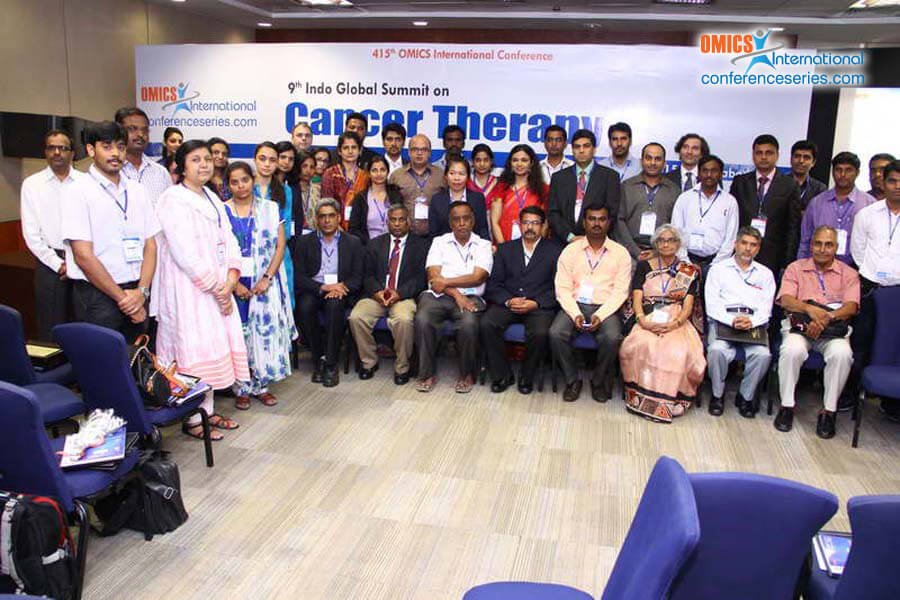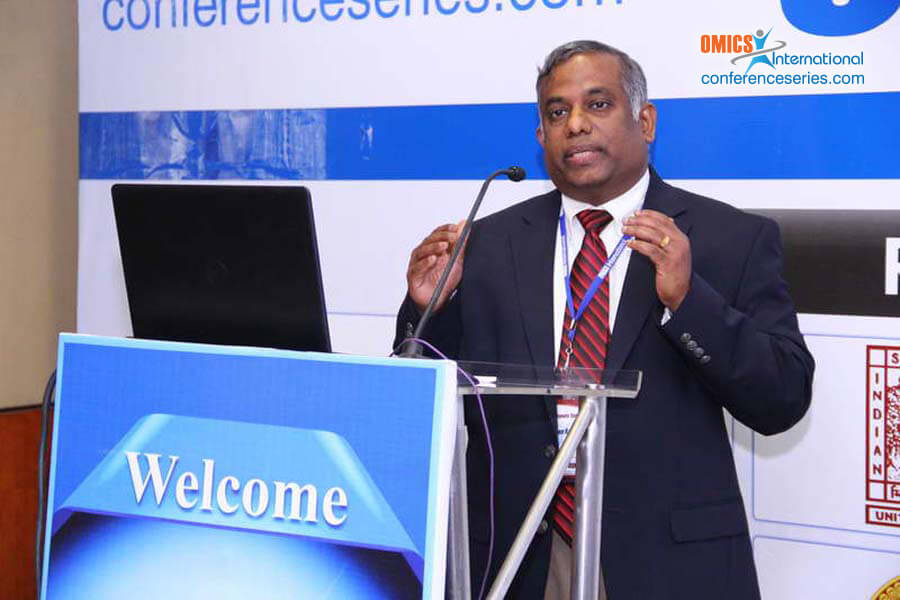
Pandurangan Ramaraj
A.T.Still University of Health Sciences, USA
Title: In-Vitro Anti-Cancer Actions of Progesterone on Human Melanoma (BLM) cells, Based on Rescue and Recovery Studies of Cell Growth, Adhesion and Migration Functions
Biography
Biography: Pandurangan Ramaraj
Abstract
Epidemiological studies showed that mortality was high in males than females in melanoma, a fatal form of skin cancer, indicating a sex difference. Clinical observations showed that menstruating females were better protected in melanoma than post-menopausal women and men of any age, suggesting the involvement of sex hormones in offering protection to menstruating females. But these studies lacked direct correlation with sex (steroid) hormones status in these patients. In-vitro hormonal studies were inconclusive as they did not tie with the protection enjoyed by menstruating females. Our systematic studies using mouse melanoma (B16F10) cell line showed progesterone a female sex hormone significantly inhibited melanoma cell growth in-vitro. The research was extended to include human melanoma (BLM) cell line. Treatment of human melanoma (BLM) cells with progesterone for 48 hrs resulted in a significant inhibition of cell growth. The mechanism of growth inhibition was due to autophagy and this action of progesterone was not mediated through progesterone receptor. As cells were floating during treatment, adhesion assay was performed, which showed complete loss of adhesion. When cells were allowed to recover after treatment by culturing in growth medium without progesterone, there was recovery in cell growth. Preliminary adhesion and recovery cell growth experiments prompted us to suppress autophagic lysosomal degradation with 3-methyladenine (3-MA), which resulted in partial rescue of cell growth, adhesion and migration functions. The above experimental design gave rise to progesterone treated and 3-MA rescued experimental groups. Since, recovery studies also showed improvement in cell growth, progesterone treated and 3-MA rescued groups were allowed to recover on their own for first 48 hrs and then a second 48 hrs. Comparison of in-vitro cell growth, adhesion and migration functions of progesterone treated, 3-MA rescued and recovered human melanoma cells revealed that the recovery of 3-MA rescued cells was better than the recovery of progesterone treated cells in terms of cell growth and adhesion functions. The above comparison study also suggested a durable inhibition by progesterone even after 96 hrs of its removal. These in-vitro experiments not only revealed the anti-cancer actions of progesterone on melanoma, but also its potential as an anti-cancer agent for melanoma treatment in the future.
Speaker Presentations
Speaker PPTs Click Here


